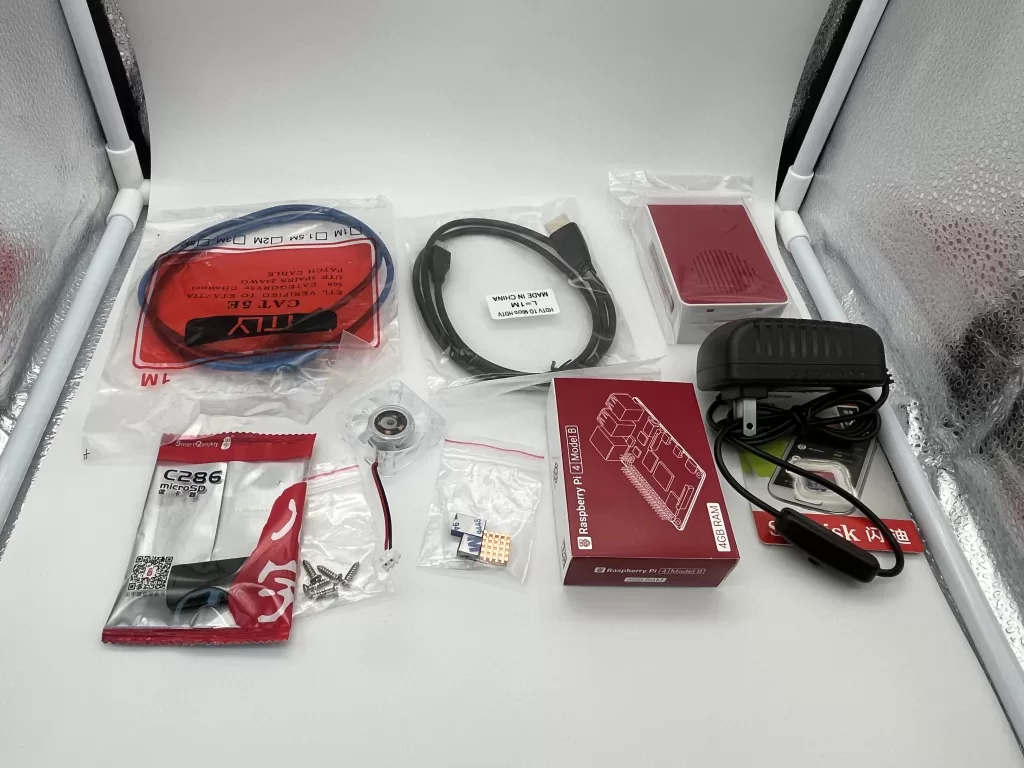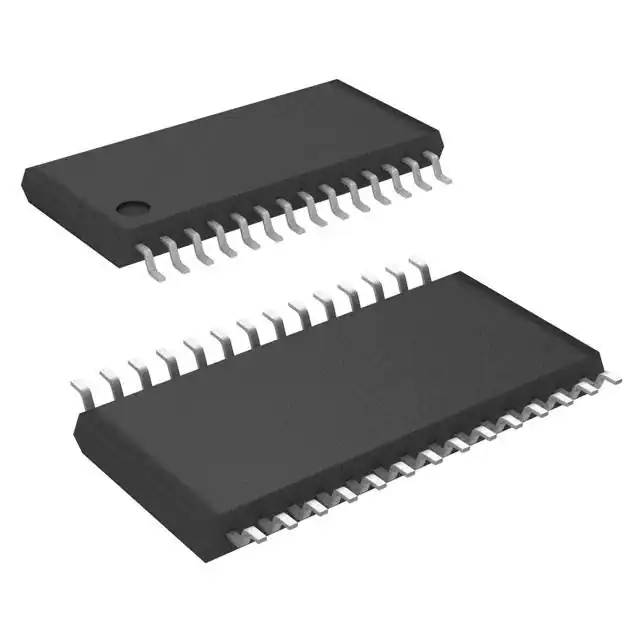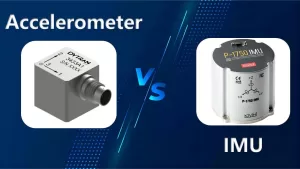In this blog, we will delve into the differences between IMUs and accelerometers, exploring their functionalities, applications, and significance i...
View detailsHDMI Cable Testing: Ensuring Optimal Performance for High-Definition Connections
In this blog, we will discuss everything you need to know about HDMI cables, including how to test them to ensure optimal performance.
What is an HDMI Cable?
An HDMI (High-Definition Multimedia Interface) cable is a type of cable that is used to transmit high-definition audio and video signals between devices such as televisions, computer monitors, video game consoles, and DVD players. It is a well-liked option for device connections since it supports high-definition video resolutions and can send both audio and video signals over a single cable. Because of this, connecting different kinds of audiovisual equipment to it is a convenient and adaptable option.

Is an HDMI Cable Important?
Yes, if you want to have the best possible picture quality, an HDMI cable is essential. You can make sure you're getting the most out of your high-definition gadgets with an excellent HDMI cable.
How does HDMI Cable work?
The way an HDMI cable operates is by sending digital audio and video signals from one device to another. The digital signals are carried by several twisted pairs of copper wires inside the cable. A technique known as Transition Minimized Differential Signaling, or TMDS, is used to transmit these signals. It lowers electromagnetic interference and guarantees high-quality signal transmission.
An HDMI cable transmits digital audio and video signals from a Blu-ray player to a television when it is connected between two devices, like a Blu-ray player and a television. These signals are subsequently decoded by the equipment at either end of the cable, which uses them to output high-definition audio and video.
Generally, the HDMI cable offers a high-quality, digital connection between devices and makes the process of connecting audiovisual equipment easier by carrying both video and audio signals in a single cable.
When to Use HDMI Cable?
You can use an HDMI cable in various situations, such as:
- High-definition films and TV series can be viewed by connecting a Blu-ray player, DVD player, or streaming device to a TV or projector.
- To play games in high definition, connect a video game console to a computer or television monitor.
- Displaying high-resolution media, like presentations, films, or images, on a monitor or television by connecting a computer to it.
- To watch high-definition TV channels, connect a cable or satellite set-top box to a TV.
- Displaying images or videos in high definition by connecting a digital camera or camcorder to a television.
In general, HDMI cables work well in any scenario where high-definition audio and video signals need to be sent between devices. In professional audiovisual environments, gaming setups, and home entertainment systems, they are widely utilized.
How to Test an HDMI Cable?
- Check for Physical Damage: Examine the HDMI cable for any physical damage, including kinks, cuts, or frayed ends. Please check for any damage. Replacing the cable is advised if any damage is observed.
- Connect the Devices: A Blu-ray player and a television, for example, should have an HDMI cable connected between them so you can test them.
- Verify the Connection: Be certain that both devices have the HDMI cable inserted firmly. Ensure that all of the connectors are in the HDMI ports.
- Select the Correct Input: Make sure you are connecting the HDMI cable to the correct input source on the receiving device (such as the television).
- Check for Signal: Turn on the device that is transmitting (such as the Blu-ray player) and see if the receiving device is receiving the audio and video signals. Try gently jiggling the cable to check if there is a loose connection if the signal is not displayed.
- Test with Another Cable: If you think the HDMI cable may be broken, see if the problem still exists with a different HDMI cable. This can assist in identifying whether the devices themselves or the cable are the issue.
- Test with Different Devices: If at all possible, test the HDMI cable with a variety of devices to determine whether the problem is unique to any one of them or whether the cable is prone to issues regularly.
Where HDMI Cable is Used?
HDMI cables are used in a variety of applications, including:
- Home theaters
- Businesses
- Schools
- Hospitals
- Hotels
- Restaurants
Why do HDMI Cables go bad?
- Physical Damage: The internal wires or connectors in HDMI cables may break if they are bent, twisted, or crushed. Physical damage like this can cause the cable to completely fail or lose its signal.
- Connector Wear and Tear: The constant plugging and unplugging of HDMI cables can cause the connectors to deteriorate over time. A bad connection or sporadic signal transmission may arise from this.
- Environmental Factors: The materials of the cable can be weakened by exposure to high humidity, temperatures, or corrosive substances, which can lead to the internal components deteriorating.
- Manufacturing Defects: HDMI cables occasionally have production errors that impair their functionality. These flaws may consist of inadequate shielding, shoddy soldering, or inferior materials.
- Cable Quality: Due to subpar materials and construction, HDMI cables of a lower quality may be more prone to failure. To reduce the possibility of failure, it's critical to use premium cables from reliable manufacturers.
- Cable Stress: When internal wires and insulation are damaged due to excessive tension or pulling on the cable, particularly in the vicinity of connectors, signal loss or failure may result.
Conclusion
In conclusion, HDMI cables are essential parts of modern multimedia environments that allow high-definition audio and video signals to be transmitted. It is essential to comprehend their directional properties, significance uses, and testing procedures to guarantee longevity and optimum performance. Users may benefit from flawless connectivity and rich multimedia experiences on a variety of devices and apps by choosing the best HDMI cables and performing routine testing and maintenance.
FAQs about HDMI cables
Are HDMI cables directional?
No, directional HDMI cables do not exist. Either way, you can plug them in.
Can HDMI cables go bad?
Yes, HDMI cables can go bad. They can be damaged if they are bent or twisted too many times, exposed to extreme temperatures or humidity, stepped on, or crushed.
How often should I replace my HDMI cable?
It is advised that you switch out your HDMI cable every two to three years. However, if it gets damaged, you might have to replace it sooner.
Which HDMI Cable Comes with PS5?
A high-speed HDMI cable supporting 4K video at 120Hz is included with the PS5. For your PS5, this is the ideal cable to use.
Ella
Ella is a skilled embedded systems engineer with experience in PCB design and microcontroller programming. She is committed to following the most recent developments in the field and is constantly seeking for ways to apply them to her work.
WEW ALL POSTS BYElla-
IMU vs Accelerometer: Understanding the Differences and Applications 157
-
How Can the Raspberry Pi Be Started in Safe Mode? 338
A tiny powerhouse that has taken the computing world by storm is the Raspberry Pi. But what occurs if your faithful Pi has a tantrum? Go into safe ...
View details -
Unveiling a Terminal Block’s Connection 351
Terminal blocks serve as electrical connectors utilized for the purpose of connecting wires together. They offer a versatile and dependable means o...
View details -
Beginner’s Guide to the Rectifier Circuit 469
If you're new to electronics or looking to understand how rectifiers work, you've come to the right place. In this comprehensive blog, we'll cover ...
View details -
Comparison of Microcontroller and PLC: What’s the Difference? 401
Both microcontrollers and PLCs are examples of electrical devices that can be used to control systems and machines. The two kinds of gadgets do, ho...
View details -
How to Connect a Raspberry Pi to a Projector? 251
In this blog, we will equip you with everything you need to connect a Raspberry Pi to a projector, unlocking a universe of possibilities beyond the...
View details
 Ampheo Electronics
Ampheo Electronics






